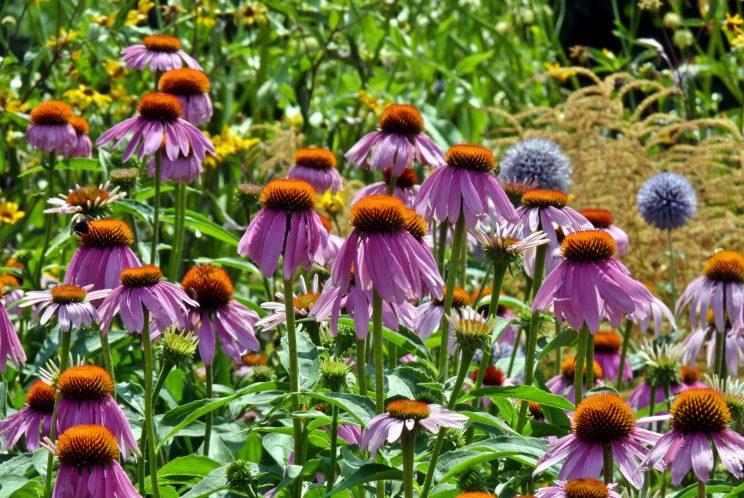by High Park Nature
The natural eco-system out of which High Park was carved by the European settlers is called an oak savannah or oak woodland. A “savannah” is broadly defined as a discontinuous canopy of tree cover with a ground layer of grasses and wildflowers, and is considered to be a transition zone between prairie and the eastern deciduous forest. It is the combination of the two habitats that gives oak savannah its own unique identity. Savannah is a globally endangered vegetation community.
Only at High Park can you still get a glimpse of the variety of habitats which once occurred throughout Toronto. It is our connection to Toronto’s wilderness past, but it has not escaped unscathed. It has lost more than half of its rare plant species over the last 90 years and one third of its nesting bird species over the last 50 years, as well as many of its rare insect species such as the Karner Blue butterfly. Despite the loss of natural areas to make way for other uses, High Park still supports a remarkable variety of rare flora and vegetation communities.
High Park is the last sizeable natural area remaining on Toronto’s Iroquois Sand Plain. These sands were laid down on the shores of glacial Lake Iroquois, the larger version of Lake Ontario, that was formed when the glaciers retreated from our area about 12,800 years ago. The coarse, sandy soils are relatively warm and dry. This “edaphic” feature has allowed savannah plants to successfully colonize and expand their range well to the east of the traditional warm and dry prairies of central North America.
The oak savannahs of High Park are considered “continentally significant” by virtue of their location, near the northern edge of the geographic zone of occurrence, and the size, nature and characteristics of the remnant ecological community they comprise. These ecological features are nonetheless impoverished. For example, the dominant Black Oak trees, over 150 years of age, are not regenerating [prior to the start of the restoration program]. Regenerating is used rather than reproducing because the oaks do set viable crops of acorns. It is from that point onward that the life cycle of a Black Oak is impaired. At least 50% of these Black Oaks are diseased or heart-rotted. In recent years, successive dry summers coupled with successive Fall Cankerworm infestations have contributed to the demise of a substantial fraction of these old oak trees. The Parks Department has embarked on a program which includes acorn collection and germination as well as insect and squirrel population monitoring so as to curtail the demise of this tree species.
A few days ago, for the first time in my life, I went to High Park and was introduced to John Howard, who has bequeathed to Toronto a park that, in after years, will be a boon hardly understood at the present...
Alderman Frankland, Toronto Daily Globe, July 7, 1885
As well as identifying eco-system features there should be an understanding of eco-system function. A function that is characteristic to savannah is fire. The whole host of savannah flora and fauna are in some way fire-dependant. For instance, young Black Oak trees tolerate fire by exhibiting a unique ability to resprout stems following top kill by fire, when their competition can not. Also, large Black Oak trees develop a fire resistant, insulating bark which gives them a competitive advantage. The Parks Department recognizes the necessity of fire, and has thus conducted several controlled, or prescribed burns in the past few years. Results have been encouraging, and the Department will continue to use the services of professional fire practitioners for years to come.
Forty species of the park’s native plants are known to occur in only four other places in Toronto. Four of these species (Wood Betony, Shrubby St. John’s-Wort, Wild Lupine and Cup Plant) are known to occur in four other places in Canada. What we have in High Park is truly unique and rare.
NOTE: There is a “Wild Lupine” which grows in the prairie provinces, sharing the same common name as the Ontario Wild Lupine, but this is a different species.
Sources
This articles doesn't have sources.
See also
- Natural History of Toronto's High Park
- Black Oak Savannah and Woodlands in High Park
- "The Dream in High Park", history of restoration in High Park. Seasons magazine (became ON Nature in 2004), by Catherine Collins, Autumn 1997.






















